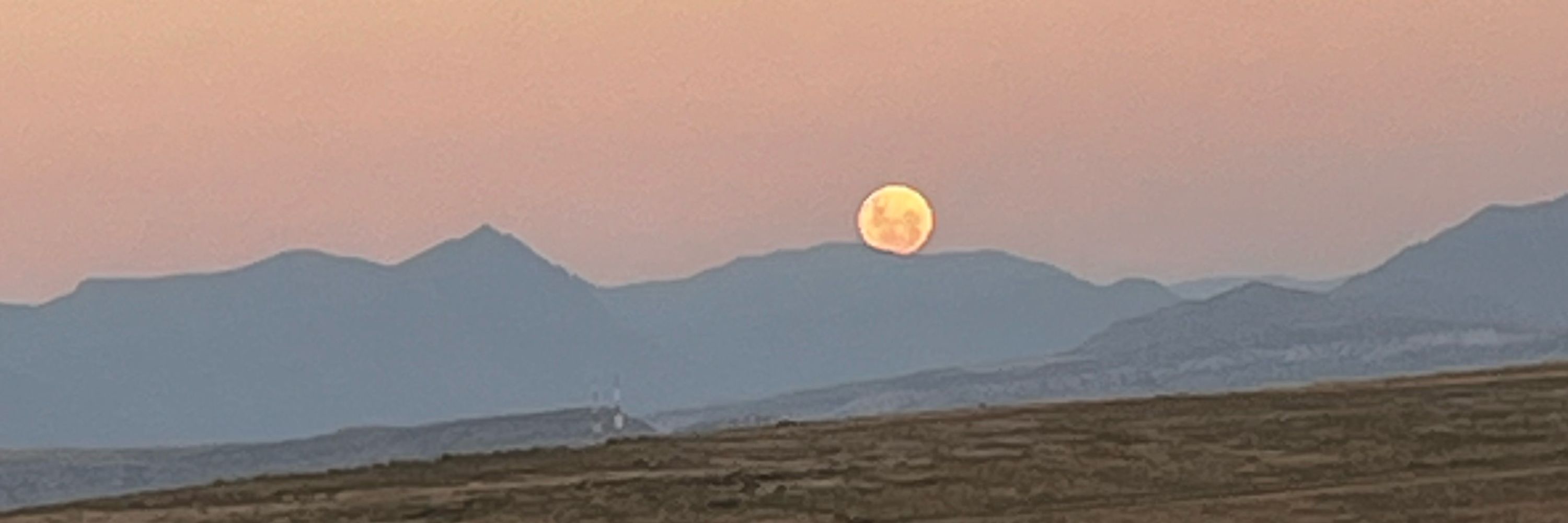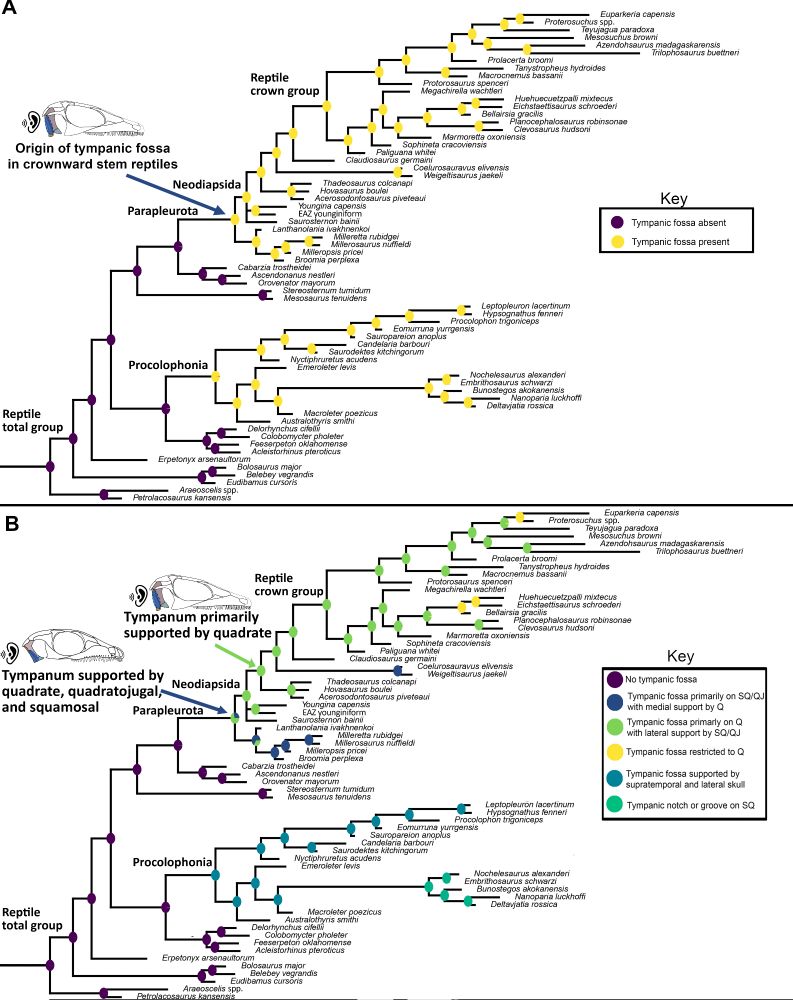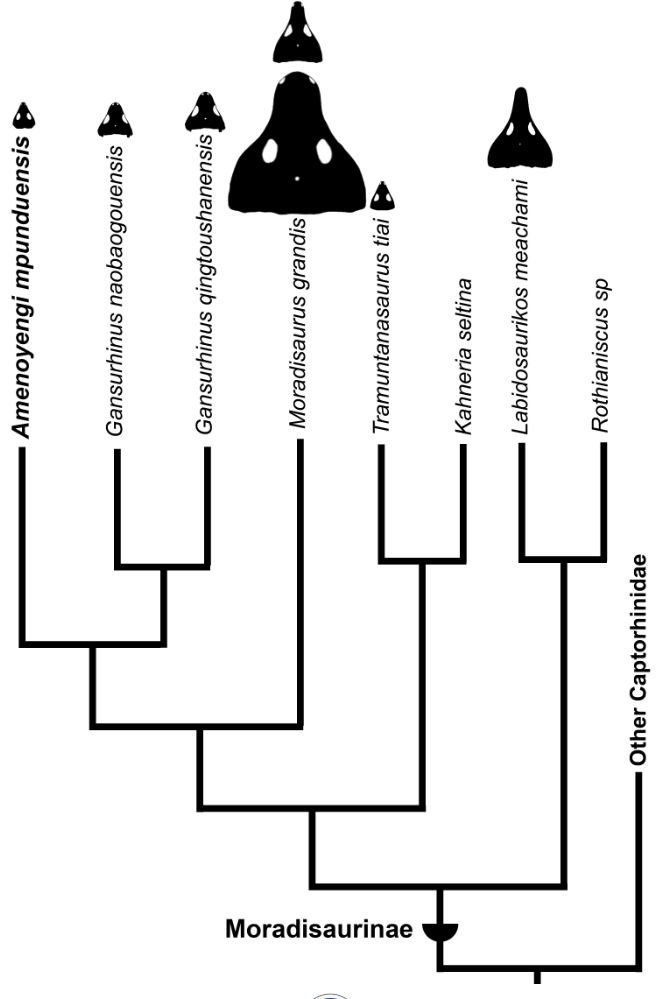Xavier Jenkins
@semifossorial.bsky.social
650 followers
260 following
120 posts
Paleontologist | NSF EAR Postdoctoral Fellow @AMNH | PhD @ ISU | Reptile origins, sensory evolution, and all things Permian 🦎🐢🐊
Posts
Media
Videos
Starter Packs
Pinned
Xavier Jenkins
@semifossorial.bsky.social
· Aug 28
Xavier Jenkins
@semifossorial.bsky.social
· Aug 28
Xavier Jenkins
@semifossorial.bsky.social
· Aug 28
Xavier Jenkins
@semifossorial.bsky.social
· Aug 28
Xavier Jenkins
@semifossorial.bsky.social
· Aug 28
Xavier Jenkins
@semifossorial.bsky.social
· Aug 28
Xavier Jenkins
@semifossorial.bsky.social
· Aug 28
Xavier Jenkins
@semifossorial.bsky.social
· Aug 28
Xavier Jenkins
@semifossorial.bsky.social
· Aug 22
Reposted by Xavier Jenkins
















